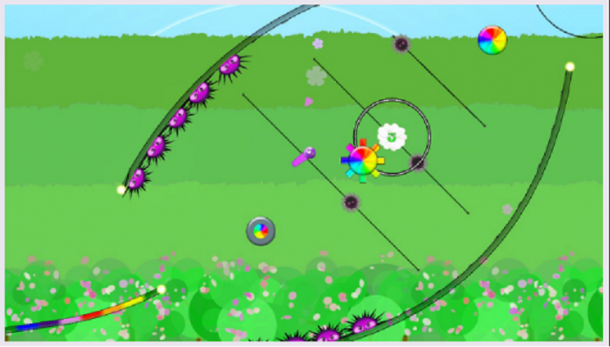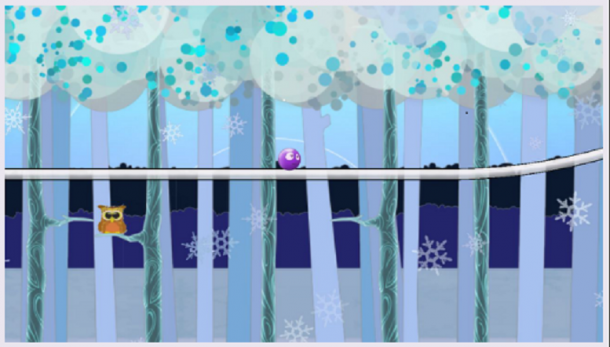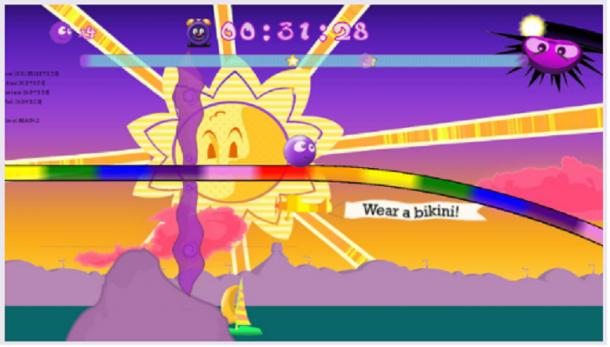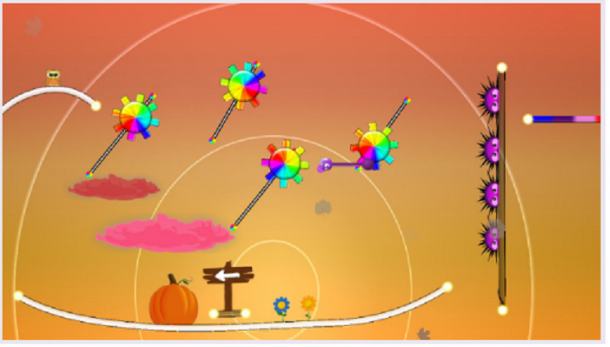
I always thought that Xbox Live Indie Games should be one place where you could find some of the freshest, most progressive concepts in videogames. Though indie developers lack financial backing from large publishers, they also sustain more freedom without them looming over their shoulders. As a source of videogames from smaller developers, XBLIG should be a source of simple, yet new, ideas.
Unfortunately, this is usually not the case.
Ask someone about their opinion of Xbox Live Indie Games, and you’ll probably find a few people who’ll say that “there’s a lot of crap out there.” There’s some truth in that statement because there’s a wealth of games out there that feel either uninspired or are just blatantly not fun. And this is unfortunate because it’s a wonderful resource for small game developers who are good-hearted, hungry, and are just trying to do the “right thing.” Once in a while, you’ll even see glimmers of this as that “diamond in the rough” emerges and brings something new to the table that’s delightful to play.
Though a few steps from perfect, Go Gimbal Go is one such diamond.

Aesthetically, when I first saw Go Gimbal Go at Chicago’s Techweek, the game looked like something that was polished enough to be on Xbox Live Arcade. Though just bordering on “childish,” the art style was comforting — almost soothing.
However, the main success of Go Gimbal Go lies beyond its aesthetic polish. It’s in the game’s simple gameplay — a time trials-based 2D platformer with precise, yet simple, controls that work well with the premise of the game. The objective is to get Gimball, a living, purple gumball out to save the children of the world, from one point on the track to another. The gameplay is like an amalgamation of Uniracers and Spider-Man because as Gimball jumps off of a track, his arm extends out in the direction you push the control stick towards to latch onto other pieces of the track and grab time extension power-ups.
Go Gimbal Go features 24 levels that provide a good amount of re-playability for perfectionists. The time trials-based nature of the game will push you to re-play tracks for better times and better medals (if you’re into that type of thing). Levels also contain costumes for you to find that give Gimbal a different look.

Unfortunately, one big issue with Go Gimbal Go is that it’s quite challenging. Now, there’s nothing wrong with challenging games, but the pacing — with respect to difficulty — seems off. Each area introduces a new mechanic that gives depth to the gameplay. These mechanisms, however, are often introduced in the first level of each area. These introductory levels are fairly easy to get through, but the difficulty seems to ramp up immediately after, as opposed to a gradual increase in difficulty that allows you to learn how to better navigate each level.
Another detriment is that Go Gimbal Go is based on lives. You have three lives to get through each level. If you don’t get through the level in three lives, you lose all your checkpoints and have to start at the beginning. What’s worse is that 1ups are scattered around each map. Sometimes they’re placed after a checkpoint as if to tell you “you’re going to need this because you’re going to die here.” One thing that would help Go Gimbal Go be more player-friendly would be to give players infinite lives. If clocking fast times is the focus of the game, the addition of lives just provides one source of constant frustration (cf. Trials HD). My hope is that lives may be easily taken away with some sort of patch.

Another source of pressure that may easily be taken away is the fact that the time winds downwards. Gimbal dies if he doesn’t get to the finish line within the alloted time. Though the times provided are within reason, they rarely let me explore each level thoroughly to find alternative routes and accessories. Moreover, if I see an item in the distance or a possible portion of track to explore, I rarely took the risk because of the lives issue.
The unfortunate bit here is that when I beat a level, I’m so happy that I’ve gone through it that I don’t immediately want to go back and beat my own time. I often felt that I was so happy to finish a level that I just didn’t want to look back and attempt a better time.
Obviously, for the perfectionists, this should be no problem. The issues stated are just small tweaks that can drastically improve the game. Though I’m no programmer, I feel as though these issues may be remedied with a simple patch.

Go Gimbal Go does have some fundamental problems, but that does not take away from the fact that it presents refreshing, elegant gameplay that is simple and easy to pick up. Though Go Gimbal Go has its short-comings, the good intentions of its developers shine through clearly. Regardless, it’s easily one of the best XBLIG titles I’ve played and seen. And at the price point of 240 Microsoft Points, it’s absolutely worth a go.
ADDENDUM: Great news! Gimbal Lock Studios has confirmed with SideQuesting that they will be releasing a patch in early August that will add infinite lives and tweaking a few levels to make them slightly more forgiving. This patch should address some of the things that have been mentioned in this review. These changes will also be on the PC version of Go Gimbal Go that has yet to be released.
This review is based on a review code of Go Gimbal Go that was provided by the developer.



No Comments